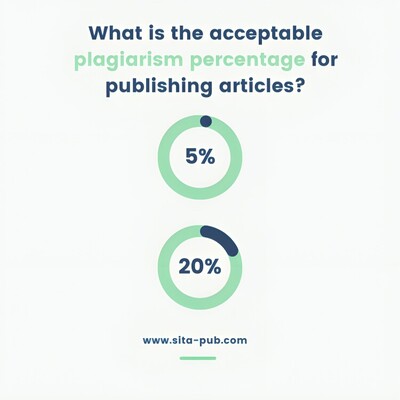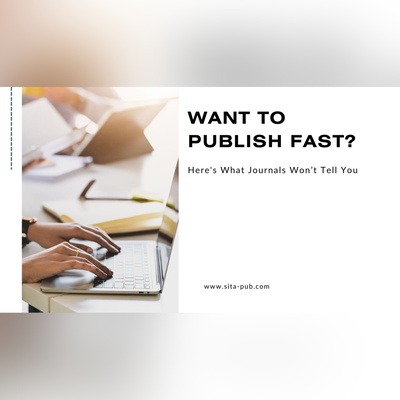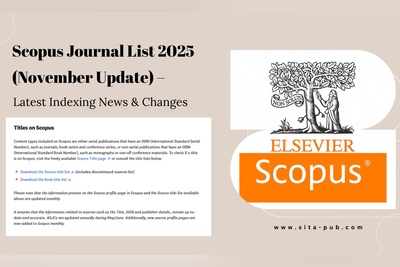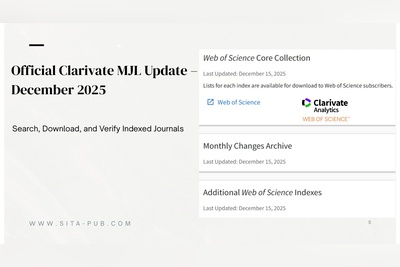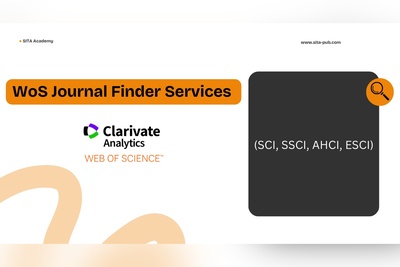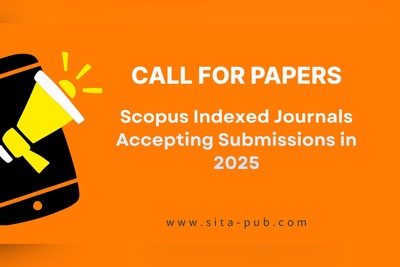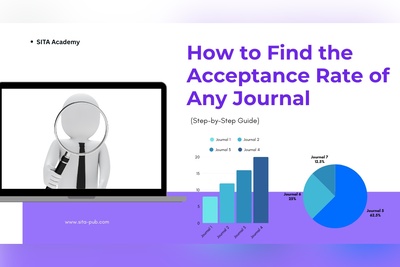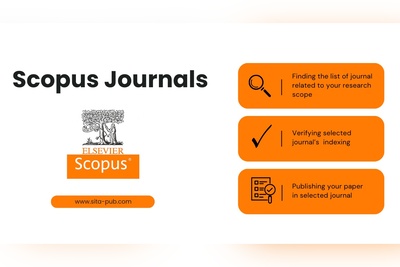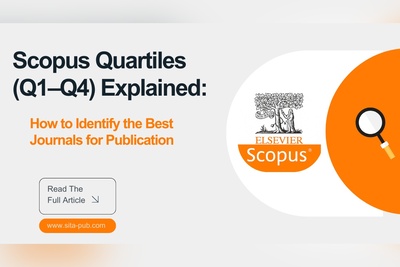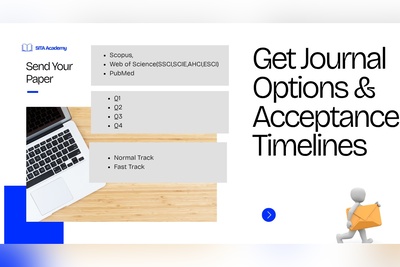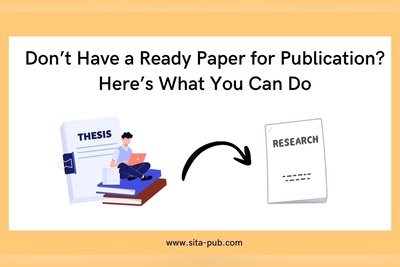Why Some Papers Get Accepted in Days — And How Yours Can Too
Why do some research papers get accepted by journals in just days, while others take months or get rejected? This article explains the real factors behind fast journal acceptance—from scientific quality and journal matching to formatting and submission strategies—so you can publish faster and more confidently.

One of the most puzzling experiences for many researchers is hearing stories of colleagues getting their papers accepted by journals within just a few days—while their own submissions sit in review for months or are desk-rejected almost immediately. Is it luck? Insider connections? Or something more strategic?
The truth is: it’s not luck. There are clear, repeatable reasons why some research papers sail smoothly through the publication process. This article breaks down exactly what determines acceptance, how the timeline normally works, and what steps you can take to speed up your own publication process.
What Does Journal Acceptance Really Depend On?
Let’s start with the foundation: what makes a paper “acceptable” to a reputable journal? Editors and reviewers look for a combination of the following factors:

1. Scientific Quality
Does the paper answer a meaningful question?
Are the results valid, significant, and backed by solid methodology?
Is the literature review thorough and up to date?
A strong, well-designed study will always have a better chance of acceptance, regardless of field.
2. Technical Soundness
Are the figures and tables clear?
Is the statistical analysis appropriate and accurate?
Are the references properly formatted and cited?
Even great ideas get rejected if the technical presentation is sloppy.
3. Language and Clarity
Can the editor and reviewers understand what you’re saying?
Is the English fluent, clear, and free of grammatical errors?
For non-native English speakers, this is often a key stumbling block—one that can be fixed through professional English editing.
4. Fit With the Journal
Is the paper clearly aligned with the journal’s scope and mission?
Does the subject match what the journal typically publishes?
This is often overlooked, yet it's one of the most common reasons for desk rejection.
What’s the Typical Acceptance Timeline?
Before we look at “fast acceptance” cases, it helps to understand the normal publication timeline. Most international journals (including Scopus, Web of Science, SCI, and SSCI journals) follow these stages:
1.Submission
2.Editorial Screening (1–2 weeks)
3.Peer Review (2–6 weeks or more)
4.Revisions (1–4 weeks depending on complexity)
5.Final Decision (1–2 weeks)
6.Publication (online first or in issue)

In total, it usually takes 2 to 6 months, and for top-tier journals, it can even extend to 8–12 months. So, when you hear that someone got their paper accepted in under two weeks—it’s not the norm, but it is possible with the right strategy.
How Do Some Papers Get Accepted in Just a Few Days?
Let’s explore how some researchers manage this fast-track acceptance. It often comes down to proactive preparation and smart journal selection. Here's how they do it:
1. They Submit to Journals That Match Their Paper Perfectly
When a journal’s scope exactly aligns with your study, editors are more likely to immediately see value in your work. Submitting to mismatched journals results in delays or rejection.
Tip:
Before submitting, always read the journal’s “Aims and Scope” and review recently published articles to make sure your topic fits.
2. They Don’t Aim for Extremely High-Impact Journals (Unless the Paper Justifies It)
Submitting to top-tier journals like Nature or Science is tempting, but unless your study is groundbreaking, it may not be the right fit.
Many fast acceptances happen in moderate to high-quality journals that:
Are indexed in Scopus or Web of Science
Have shorter review cycles
Are well-ranked (Q1–Q3) in their subject area
Tip: Use tools like SJR (Scimago Journal Rank) or Journal Finder to find journals appropriate for your study’s level and topic.
3. They Format the Paper Exactly According to the Journal’s Guidelines
Many authors overlook formatting during the initial submission—but incorrect formatting is one of the top reasons for desk rejection.
Journals are strict about:
Word count
Citation style (APA, Vancouver, etc.)
Section order (IMRAD: Introduction, Methods, Results, and Discussion)
Figure/table placement and captions
Tip: Use journal templates and double-check every instruction before submitting.
4. They Submit All Required Materials Up Front
To speed up the editorial process, successful authors anticipate and submit everything the journal requires, including:
Plagiarism report (iThenticate or Turnitin)
Cover letter
Conflict of interest statement
Ethics approval documents (for clinical or human studies)
Proof of native English editing
Tip: Missing any of these documents can delay or even block your submission.
5. They Invest in Professional English Editing and Plagiarism Checks
Even the best ideas can be rejected if the writing is unclear. Fast-accepted papers are usually polished by native English editors and checked for similarity before submission.
Most journals use iThenticate to check similarity. A score above 15–20% can lead to automatic rejection.
Tip: Use language editing and plagiarism-checking services to make your manuscript clear, concise, and compliant.
6. They Target Journals With Fast Review Cycles
Not all journals take months to review papers. Some offer fast-track options or are known for short turnaround times.
For example:
Some journals promise decisions in 7–14 days
Others offer "Express Review" for a small fee or upon request
Tip: Check each journal’s average “Time to First Decision” and consider selecting those with efficient review systems.
Related Article
7. They Work With Academic Support Services
Many fast-published authors don’t work alone. They get help from:
Academic consultants who shortlist journals
Submission support teams who handle formatting, documentation, and communication with journals
This removes friction from the process and increases acceptance chances.
Common Myths About Fast Acceptance

Many researchers are surprised when they hear of papers being accepted in just a few days. This often sparks skepticism and confusion. Let's clear up some of the most common myths surrounding fast journal acceptance:
Myth 1: Fast Acceptance = Low-Quality Journal
Truth:
While it's true that predatory journals often offer ultra-fast acceptance with no review, many reputable journals—especially niche or new ones—have efficient editorial processes. If your manuscript is well-prepared and fits the journal’s scope perfectly, fast decisions are possible without compromising quality.
Myth 2: Only Paid Journals Accept Papers Quickly
Truth:
Speed and article processing charges (APCs) are not always linked. Many open access and subscription-based journals offer rapid review tracks or have shorter review queues simply due to focused scope or streamlined operations.
Myth 3: High-Impact Journals Take Forever—Always
Truth:
While many high-impact journals do have rigorous and lengthy review processes, some lower to mid-tier SCI/SCIE journals with decent impact factors maintain fast turnaround times, especially if the paper is strong and reviewers are available.
Myth 4: You Need Connections to Get Accepted Fast
Truth:
Editorial bias is rare in reputable journals. What truly matters is:
A paper that is scientifically sound
Written in clear, polished English
Aligned with the journal's scope and style
Even first-time authors can get accepted quickly by simply doing things right.
Myth 5: Fast Acceptance Means No Peer Review
Truth:
Not necessarily. Some journals use rapid review models where peer reviewers are given tight deadlines (e.g., 3–5 days), or where desk acceptance occurs because the editor is highly experienced and confident in the paper’s quality.
Bottom Line:
Speed does not equal suspicion—if you’ve done the work.
A well-prepared paper sent to the right journal can be accepted in days. Focus on quality, clarity, and fit rather than falling for myths that might hold you back.
Final Thoughts: Success is in the Preparation
Publishing is not only about writing a good paper — it’s about strategic submission. The papers that get accepted in a few days are usually:
Scientifically solid
Formatted perfectly
Free from plagiarism
Matched exactly to the journal's scope
Written in clear, native-level English
Supported by complete documentation
If you want similar results, it's time to take a professional approach to submission.
SITA Academy's Publication Support Services
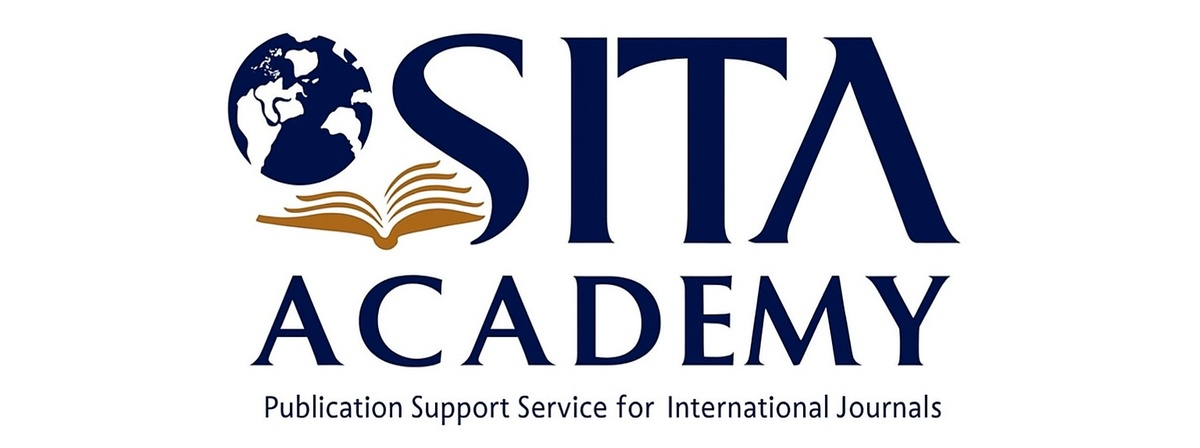
Over the years, we've helped numerous researchers from various academic fields successfully publish by guiding them through the most critical steps of the process. Our support goes far beyond simple advice—we offer personalized, hands-on assistance that makes a real difference.
What Makes Us Different?
Journal Matching: We don’t just suggest any journal—we help you find the perfect match for your paper’s topic, quality level, and target audience. Submitting to the wrong journal is one of the top reasons for rejection, and our team ensures you avoid that mistake.
Professional Formatting: Every journal has its own detailed formatting rules—from referencing styles to table layout. Our formatting specialists ensure your manuscript is 100% aligned with the selected journal’s guidelines, saving you from immediate desk rejection.
Dedicated Experts for Each Step: We believe in specialization. That’s why we have:
Journal selection advisors who study journal scope and impact
Formatting experts who know every style requirement
Language editors for native-level English polishing
Plagiarism analysts who ensure originality
Submission coordinators to handle the technical side of submitting and follow-ups
Want to learn how we can support your research publication goals?
Contact Us Today Through Our Verified Channels Below
Verified Contact Channels
If you have any questions, inquiries, or would like to learn more about our services, please don't hesitate to reach out to us. Our dedicated team is ready to assist you.
